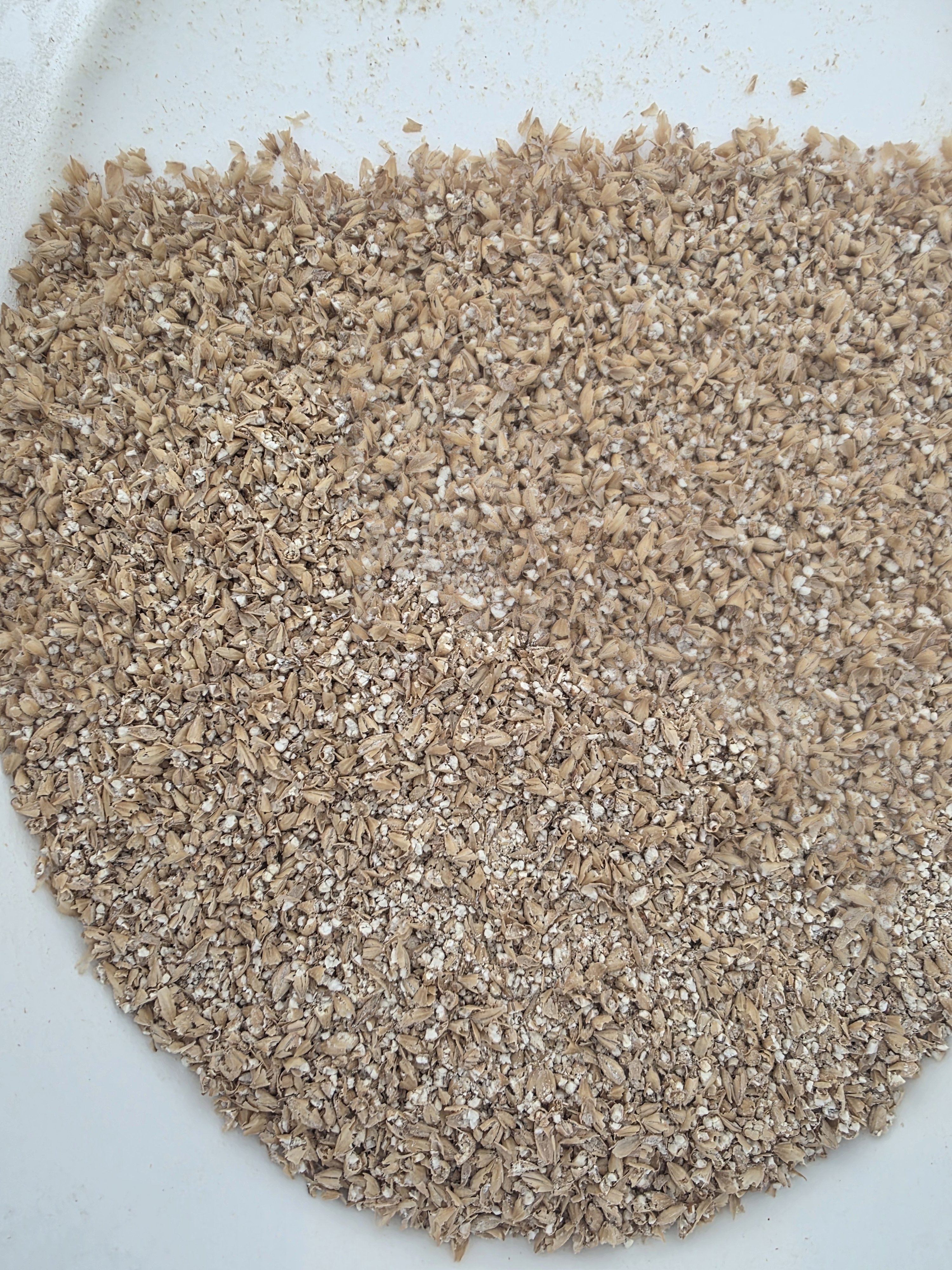RonnieBiggs
Well-Known Member
Hi all, doing my first all grain brew in a long time. Long story short, i had sold alot of my gear a few years ago but have recently had the itch to resume brewing. In amassing things, as I do, I picked up a grain mill and have crushed the grain tonight for brewday tomorrow. I brew on a Braumeister and had my crush dialled in pretty well previously, good efficiency and never had any wort fountains. The only thing is i never took notes on my crush size. I've set the mill to a snug 1.1mm (0.043 inch). Looking at the crush and curiously wondering what your guys thoughs are?


















![Craft A Brew - Safale S-04 Dry Yeast - Fermentis - English Ale Dry Yeast - For English and American Ales and Hard Apple Ciders - Ingredients for Home Brewing - Beer Making Supplies - [1 Pack]](https://m.media-amazon.com/images/I/41fVGNh6JfL._SL500_.jpg)









































